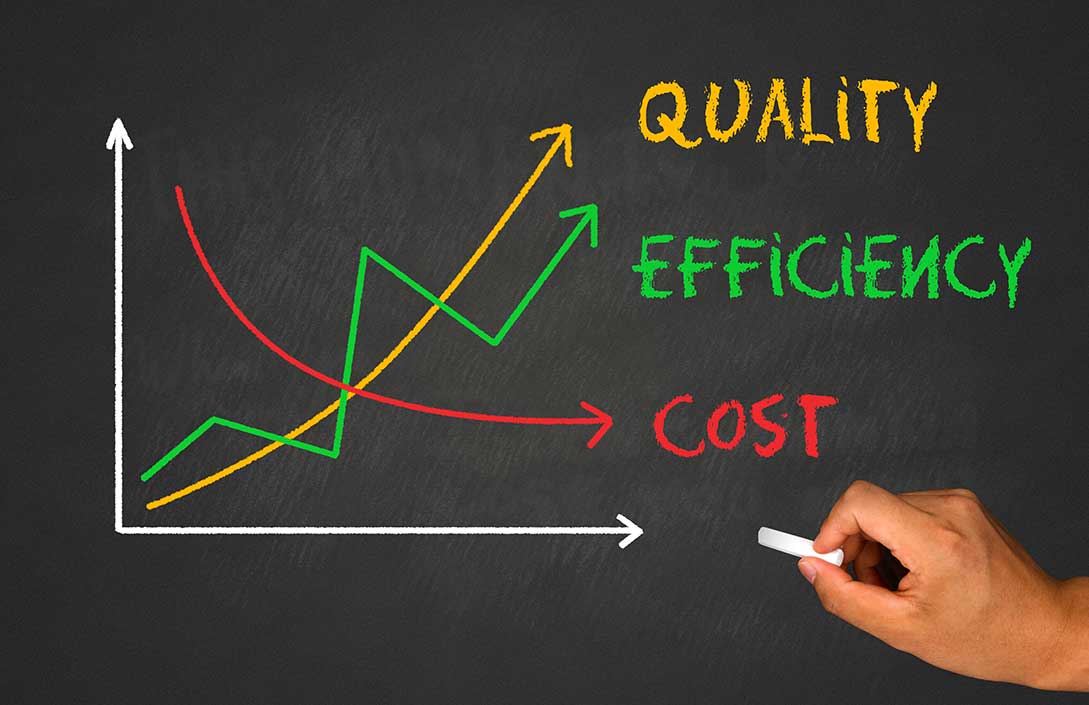The Power of Recurring Revenue
What is recurring revenue?
Recurring revenue is the portion of a company’s revenue that is highly likely to continue in the future. This revenue is predictable, stable, and can be counted on in the future with a reasonably high degree of certainty. It is revenue that is not dependent on a sales process, nor is it dictated by what may happen tomorrow, next month, or even a year from now.
Most IT companies, especially the ones that are born in the cloud or that focus on the cloud, are typically operating under a transactional model. They go from project to project, sell and execute before moving on. In the transactional model, because the next project is often dependent on the success of a sales trajectory, the outcome or sale is not guaranteed. Thus, the revenue is not guaranteed.
In many cases, opportunities for recurring revenue come from the managed services that are offered – that is, the list of IT services that you offer every single month for a fixed fee.
So why move to a recurring revenue model?
The reason is obvious – the effort involved in bringing in revenue under a contractual, recurring revenue model is far less than the effort involved under a transactional revenue model. Under a recurring revenue model, salespeople can focus their efforts on a new customer who is ready to be onboarded, rather than focusing on closing another deal with the same customer in a transactional model. The number of customers that sales people can focus on is much higher in the recurring model, and more customers can mean more services and more contracts which translate to increased revenue security.
As an MSP, recurring revenue can help you create more in-depth relationships with your managed services contract customers. The managed services can provide insight into the infrastructure of your customer’s business. It can identify potential new leads, help to provide better service, or just uncover upsell opportunities – a typical example of upsell/cross-sell. The ongoing relationship with the customer helps you to identify which new products, services, or projects to provide.
Operating within a recurring revenue model allows your company to grow and scale according to your customers’ demands. The guaranteed income will enable you to hire the right people to support the consistent needs of the recurring revenue model, rather than contracting individuals who focus on one of your projects at a time in the transactional model. Your company’s growth can increase brand and company recognition, which leads to new prospects, new leads, and new customers.
How should you implement a recurring revenue model?
The managed services you offer area the key to recurring revenue. Unlike the traditional, transactional model through which you provide one single service at a time, the recurring revenue model instead allows you to offer customers a variety of services bundled together for a fixed fee per month per user.
No matter who you support with your managed services, there are a few good reasons why companies want to subscribe to your recurring revenue model:
- Reduced cost. Reducing the cost and increasing the profit is a very easy economic rule to comprehend. No matter who your customer is, or what they do, they are most likely driven by their bottom line. You’ll want to show your customer how your services can reduce their cost of doing business, and that signing a recurring managed services deal is their best option. Loss of productivity is the biggest cost a company can have.
- Reduced complexity. Sometimes technology can be very complex to manage, and many companies do not want to deal with its challenges. By taking the complexity out of the hands of the entrepreneurs, managers, and general staff, if you provide managed services through recurring revenue, you’ll allow your customers to focus on what they do well: managing their core business.
- Predictability and ease of scale. Every company wants to know how much it is going to cost to keep the lights on. How is growth going to impact that cost, how flexible is that cost? Using a fixed fee per user per month allows the customer to grow, and pay as they grow. More success, more employees, another increase in the recurring revenue.
- Efficiency. New technologies that can help improve the customer’s efficiency. Fast computers, cloud services, mobile devices, all of them have proven to have a positive effect on the efficiency within a company. By using the insights in the customer’s environment, and combining it with the knowledge you possess, you can line the customer up for new projects with new technology.
- Expertise. Even if you set up the perfect environment, no matter how hard you try — having an expert on standby, having the perfect network, the perfect system — sometimes something will go wrong, and it will disrupt the business of one of your customers. It’s obvious, but it’s true: your ability to immediately accommodate and help to reduce the impact of the problem, proving that your customer can rely on your expertise instantaneously, is crucial.
The key to recurring revenue and managed services is not just the guarantee of the revenue. It allows you as a MSP to become a trusted advisor. This gives you insights in what can be improved for your customers, allowing them to grow and invest more into your business. The greater the impact of your services on their business, the higher customer satisfaction will be.

